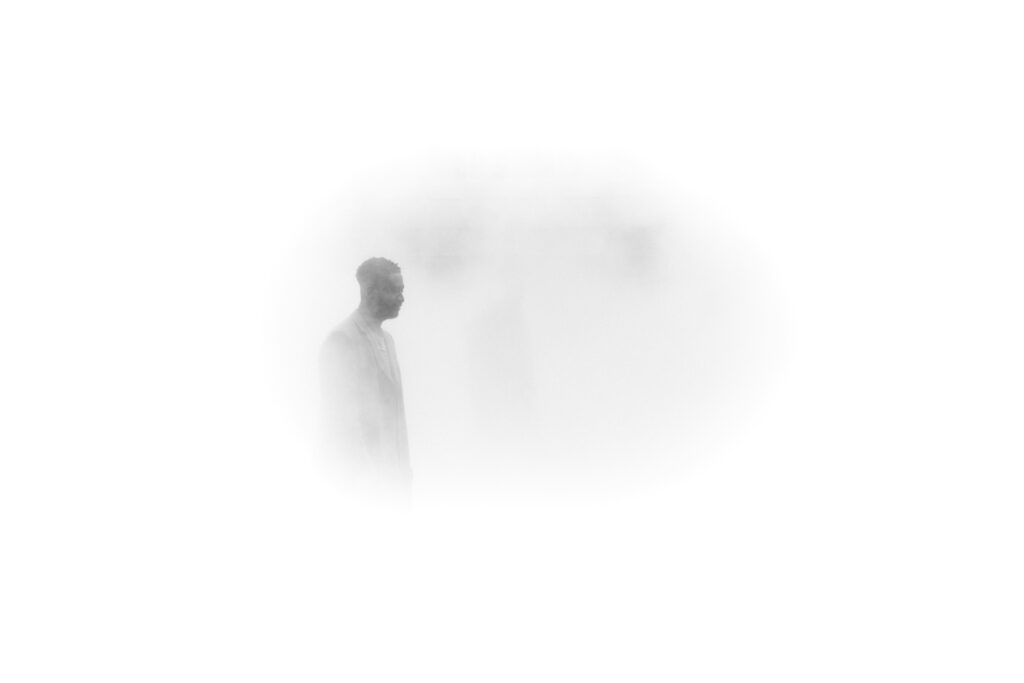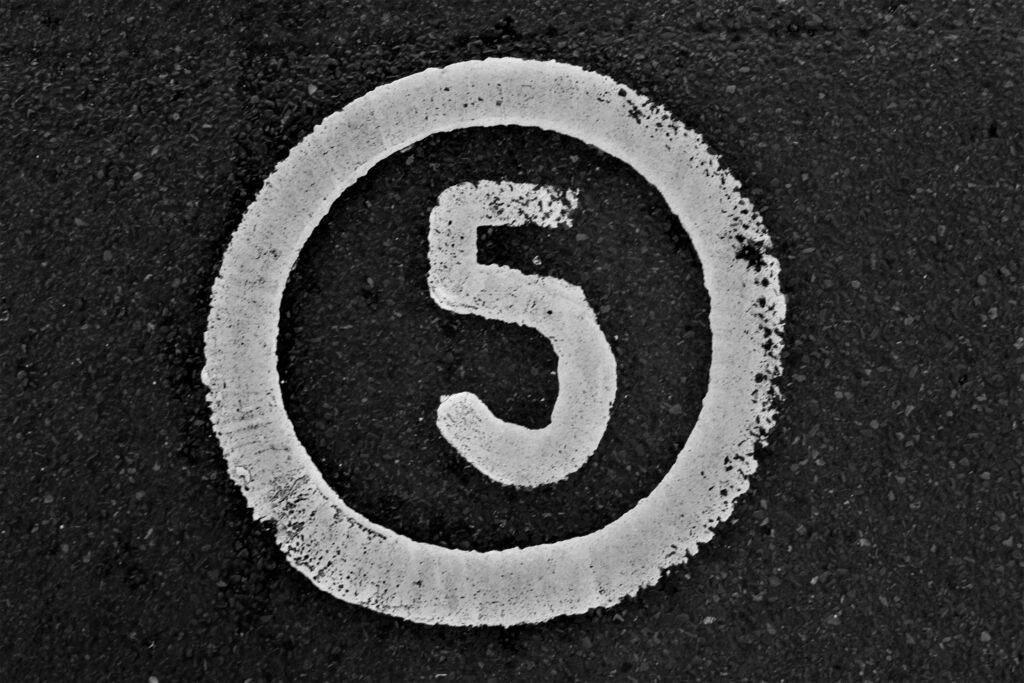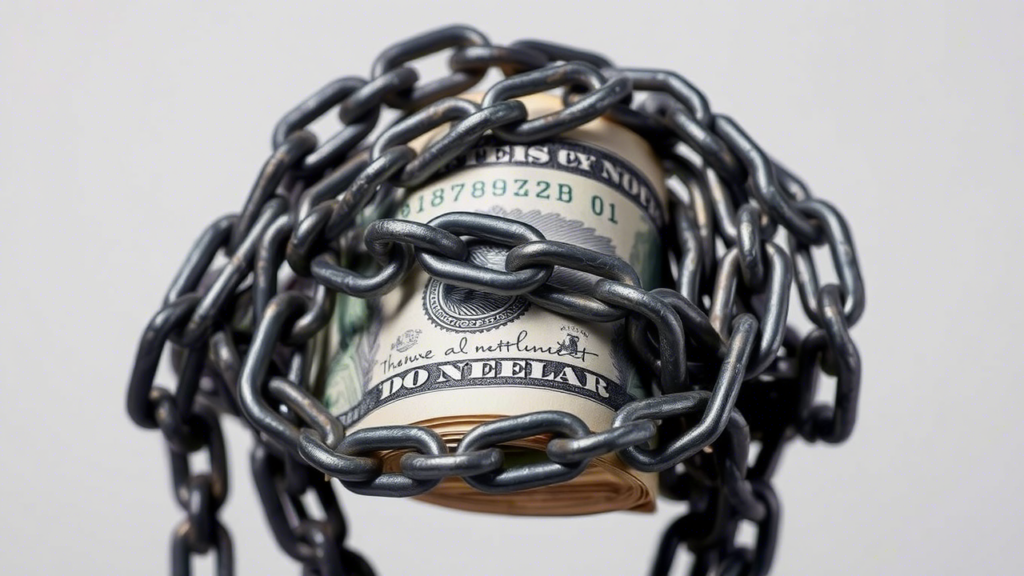Secularism, secularism and secularization: a historical and conceptual look
Episode 1. History: the long march towards secularism

Welcome to this miniseries on secularism, a 5-episode miniseries, a topic of enormous interest and relevance in our multicultural society. The study of secularity or secularity can help answer questions such as: What is Christian secularism? Has it been achieved at some point in history? Can it be achieved definitively? What are the causes of current secularization? Is it an irreversible process linked to progress? Will Christianity disappear from Europe?
We also ask ourselves: What are the roots of secularism in recent centuries? Is the secularism of the 10th century the same as that of the 20th century? Can the Constitution of a country regulate the regime of the sacraments of the Church and sanction abortion as a fundamental right? Is religion a danger to democracy? Does tolerance consist in the juxtaposition of all beliefs? What is the “cultural battle” and what are its limits? Are we entering a new phase of post-secularization? What can any ordinary citizen do?
The debate on the relationship between religion and the State has been a constant in human history. Today, terms such as secularism, secularism and secularization are frequently used, but often without a clear understanding of their differences and nuances. This article seeks to clarify these concepts and explore their historical development.
Key definitions
Before delving into the historical analysis, it is essential to define three concepts that are often confused:
- Secularization: It is a sociological process by which religion loses influence in the public sphere and in people’s daily lives. It does not necessarily imply an ideological stance against religion, but rather a transition towards social structures less dependent on religion.
- Secularism: It is an ideology that promotes the exclusion of religion from the public sphere and its confinement to the private sphere. In many cases, secularism seeks to reduce or eliminate the influence of religion in legislation and culture.
- Secularism: This is the principle that establishes the separation between the State and religion, guaranteeing religious freedom and state neutrality in religious matters. Unlike secularism, secularism is not a stance against religion, but a framework for the coexistence of diverse beliefs.
Historical evolution of secularism
The relationship between religion and political power has varied significantly throughout history. We can identify three major phases in the development of secularism:
1. Antiquity: Religion and power in symbiosis
In ancient civilizations, religion and political power were closely intertwined. In Egypt, Mesopotamia and the Roman Empire, rulers were considered representatives of the gods or even deities in themselves. With the arrival of Christianity, the idea of a relative autonomy between temporal and spiritual power was introduced, expressed in Jesus’ phrase: “Render to Caesar the things that are Caesar’s and to God the things that are God’s” (Matthew 22:21).
2. The Middle Ages and the struggle between Church and State
During the Middle Ages, the Church played a central role in the political and social organisation of Europe. The theory of “Christendom” established a model in which spiritual authority (the Pope) and temporal authority (kings and emperors) had to coexist, although with frequent conflicts. One of the most emblematic episodes of this tension was the Investiture Controversy (11th-12th centuries), in which the Papacy and the Holy Roman Empire disputed the right to appoint bishops.
3. Modernity and the birth of the secular State
With the Protestant Reformation in the 16th century, the religious unity of Europe was fragmented, giving way to conflicts that culminated in the need to establish States less dependent on a single religion. The 18th century, with the Enlightenment, brought with it the defence of reason and the rejection of the absolute power of the Church. The French Revolution (1789) marked a turning point, imposing the separation of State and Church and promoting a model of secularism that would inspire many countries later.
Secularism in the contemporary world
Today, secularism manifests itself in various forms around the world:
- French model: French “laïcité” is one of the strictest expressions of secularism, promoting a total separation between religion and State.
- American model: Although the State is secular, religious expression is permitted in the public sphere and freedom of worship is protected.
- Hybrid models: In countries such as Spain and Italy, the State is secular, but maintains agreements with certain religious denominations.
The debate on secularism remains open, especially in societies where religious diversity is growing and where there is an attempt to balance religious freedom with the neutrality of the State. Understanding its history and its nuances is essential to building more just societies that respect the beliefs of all.
This miniseries consists of five chapters:
- History: the long march towards secularism
- Secularism: the 3 waves of the last century
- Secular religion
- The cultural battle
- The individual and the whole
Related

The Five (5) “C’s” of PonCe
Exaudi Staff
04 April, 2025
4 min

The Lies of Love: Debunking Myths and Rediscovering the True Meaning of Love
José María Contreras
04 April, 2025
1 min

Family and Mental Health: Parents’ Secret Superpower for Raising Happy Children
Laetare
04 April, 2025
3 min

Cardinal Arizmendi: Let Money Not Rule Us
Felipe Arizmendi
03 April, 2025
4 min
 (EN)
(EN)
 (ES)
(ES)
 (IT)
(IT)

